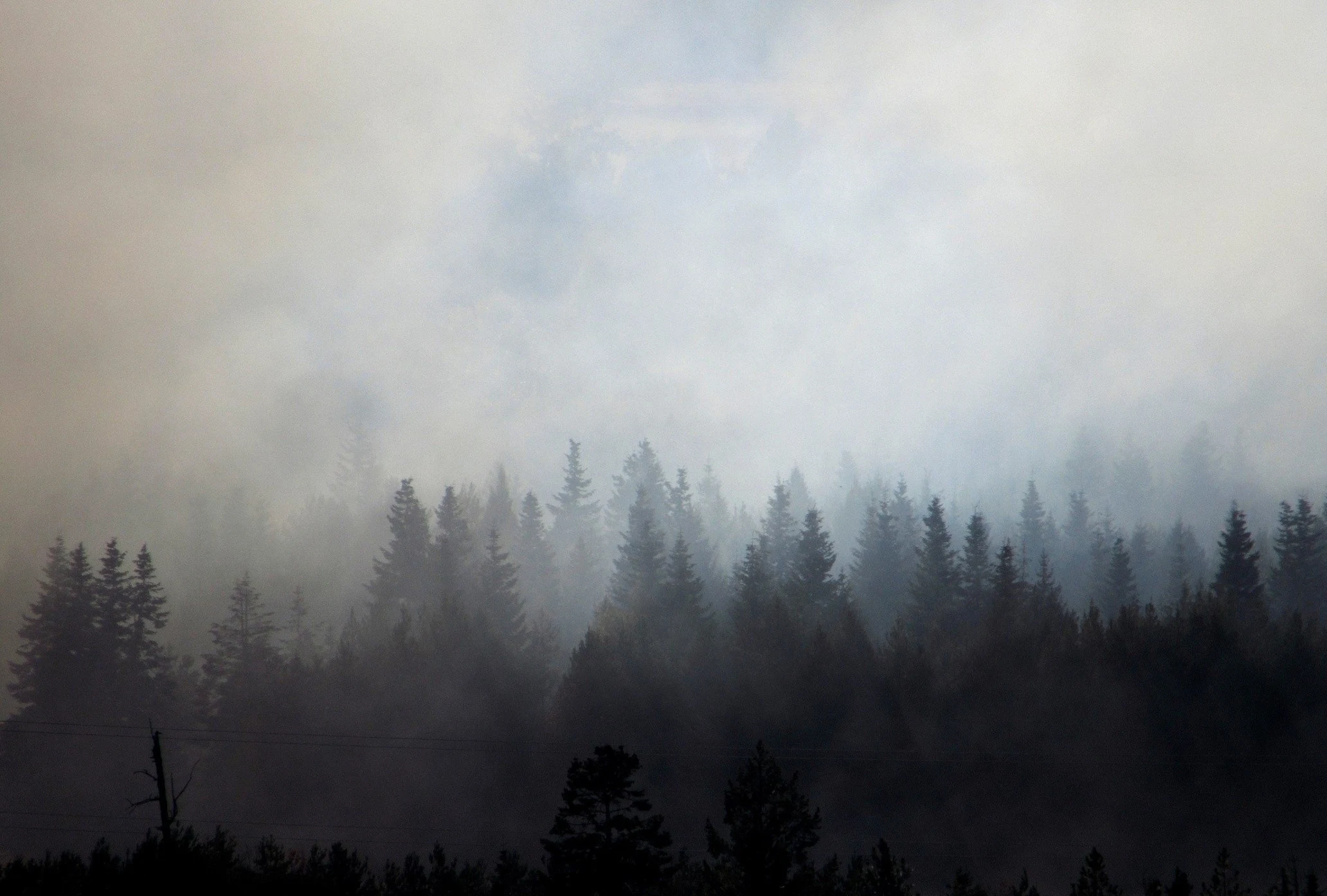How fire season gave me perspective
I spent my Labor Day weekend enjoying a riverside campsite on Mount Hood National Forest in Oregon. It was a perfect late-summer weekend with blue skies and just a touch of autumn in the air. But on our final morning, the blue skies disappeared in the unmistakable haze of wildfire smoke.

My heart sank. This was a moment every Westerner has come to know — the moment you learn of the fire and start to wonder if it will burn through your life.
Over the next several days, strange winds ripped through Portland, toppling street trees and driving dust everywhere. We started hearing about explosive wildfires that were destroying entire towns. We struggled to grasp that even in the middle of a major city, we might have to evacuate.
Our fires were fueled by a dry east wind, supposedly a "hundred-year" event in its rarity and severity. But a hundred years ago, we hadn't yet raised temperatures to the point of drying out soil, vegetation and even the air itself. The hotter, drier West in which we now live sets records for temperature and drought, making these fires more intense, more common and ever less predictable in their behavior.
We spent the next week living through the world's worst air quality. Eventually, I reached a breaking point and escaped with my son to the Oregon Coast, where the measured air quality was merely terrible rather than apocalyptic.
When I joined a virtual meeting of the Coalition of Oregon Trusts, I heard stories of preserves damaged, homes lost and evacuations underway — as well as tales of land trusts channeling disaster relief, delivering emergency supplies and housing the displaced. When the call ended, my scratchy lungs seemed a little less serious in comparison.
Oregon's surreal September may well become an annual ritual. Overstocked and mismanaged forests, dried out by climate change and crowded by development, will burn. We'll need to adapt.
One of the most effective ways we can do so is by scaling up the work of land trusts. They build the foundation of resilient communities by protecting resilient lands. And right now, we need all the resiliency we can get.
We're going to live with this kind of fire for the foreseeable future. Fortunately, land trusts will be with us, working one property at a time to help us through it all.